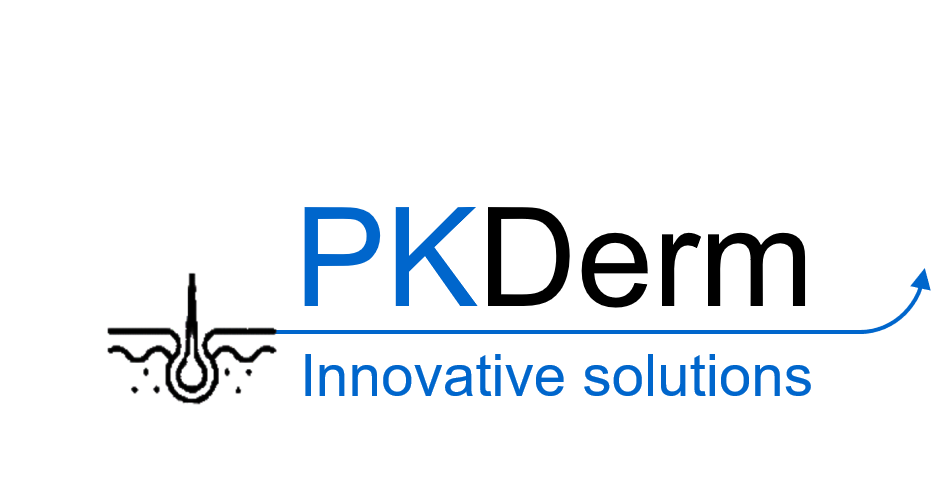LMWMscale: A New Bioinformatics Tool for Low Molecular Weight Metabolites Quantification based on 1H-NMR spectroscopy for biomarker discovery
Aim: The use of “omic” approaches to unravel the disease complexity accelerates its understanding, allowing untargeted approaches necessaries when limited disease knowledge is available especially adept identifying not previously described altered mechanisms, discovering prognostic biomarkers and monitoring health status (for COVID-19 and future communicable -and non-communicable- diseases).
“omic” approaches describing COVID-19 nature demonstrated that early blood molecular changes induced by SARS-CoV-2 infection are associated with future COVID-19 severity. Early advanced molecular profiling of patients opens the door developing COVID-19 prognosis tool, to better understand the physiopathology of the disease and to stratify the risk of complications.
Nuclear Magnetic Resonace (NMR) metabolomics for biomarker discovery has repeatedly succeed describing different in nature aetiologies and pathogenesis. Among the extensive NMR-visible amount of metabolites, the main molecular families associated with disease severity and mortality in COVID-19 (i.e. lipoproteins, specific lipid families, glycosylated proteins, amino-acids, and other aqueous small molecules) can be detected in one single fast analysis compatible with clinical requirements. However, the current metabolomic approaches need higher degree of automation and standardization for clinical applications.
The current study presents LMWMscale® Test, an automatic bioinformatics tool for high-throughput quantitative metabolic profiling based on 1H-Nuclear Magnetic Resonance (1H-NMR), complementing NMR capability on high-throughput profiling of macromolecular complexes such as lipoprotein and glycoprotein characterization.
Materials and Methods: 1H-NMR spectra from different biological matrixes -including 4800 serum, 107 fecal extract, 21 cell culture and 52 tissue samples- were acquired by using an Avance III-500 and Avance III-600 Bruker NMR spectrometers from the Center for Omic Sciences (Reus, Spain). An in-house software was designed to automatically pre-treat and deconvolute the NMR signal for characterization of low molecular weight metabolite (LMWM) associated NMR signals.
Results: The algorithm read and processed 1H-NMR spectra to optimize, phase and baseline correct. The LMWM-associated regions were selectively batched to isolate, align and deconvolute each signal automatically. The deconvolution approach used Voigt analytical functions (a mixture between lorentzian and gaussian functions) to reproduce the experimental curve minimizing the fitting error, to quantify the area of each signal proportional to the metabolite concentration. The deconvolution approach allowed the quantification of several LWMW signals with complex coupling patterns, even in highly overlapped spectral regions. The resulting areas were transformed to concentration units by applying specific conversion factors. Consistency between standard techniques were evaluated for glucose and creatinine among others, the correlation coefficients were R2>0.9.
Conclusion: The LMWMscale® Test provides automatic quantitative screening of LMWMs present in biological matrixes from 1H-NMR spectra; that can be coupled with current lipoprotein and glycoprotein profile methodology in a high-throughput mode for global molecular screening compatible with clinical and epidemiological requirements.


